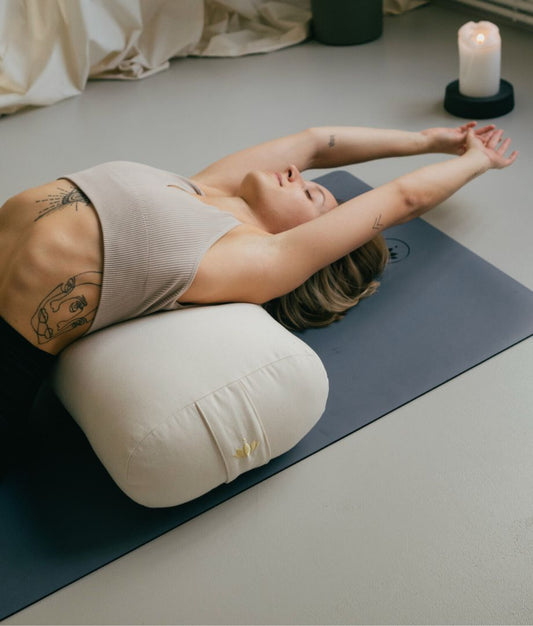
Set-Offers
Save when you buy a set
Shopping cart
Your shopping basket is empty
Yoga
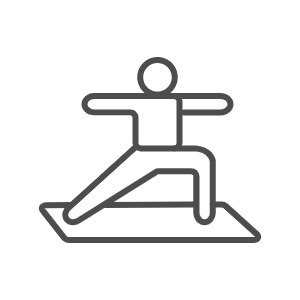
Meditation
Bundles
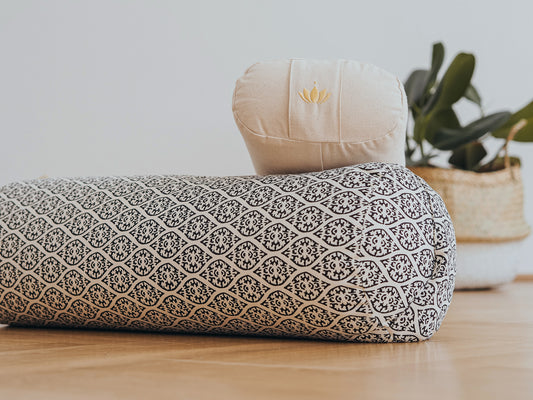
| Yoga
No matter how wide our body is open, whether we are advanced or a yoga beginner: Yoga aids that help us to get deeper into the individual positions are always a good choice. Do you think using tools exposes you as a beginner? The opposite is the case. Advanced practice means mindful practice and that includes choosing the right aid depending on the position.
The yoga block is a common tool in yoga - whether for sitting at the beginning of a class or during the course of the yoga class with various asanas. Anyone who practices yoga should always have a block at hand. The block is a practical extension for your arms, for example in the standing bend or in standing twists. Note: Whenever your arms do not (yet) touch the ground, you can use the block. It is worthwhile if you also buy this tool for at home, as it is used again and again.

A yoga strap helps you lengthen your arms and legs and activate your muscles. Especially in bound postures, where your arms are crossed behind your back, the belt is a good addition to avoid straining your joints. Other asanas in which the belt is often used are the dancer, the shoulder stand or the lying butterfly .

Bolsters and yoga rolls are mainly used in yin yoga and in regenerating asanas. They help you relax the body more easily, let go of the poses and melt away. In Supta Virasana you can place a bolster under your chest to open it up more. The roll is a beautiful addition to Savasana. Simply place these under your knees and surrender to gravity.
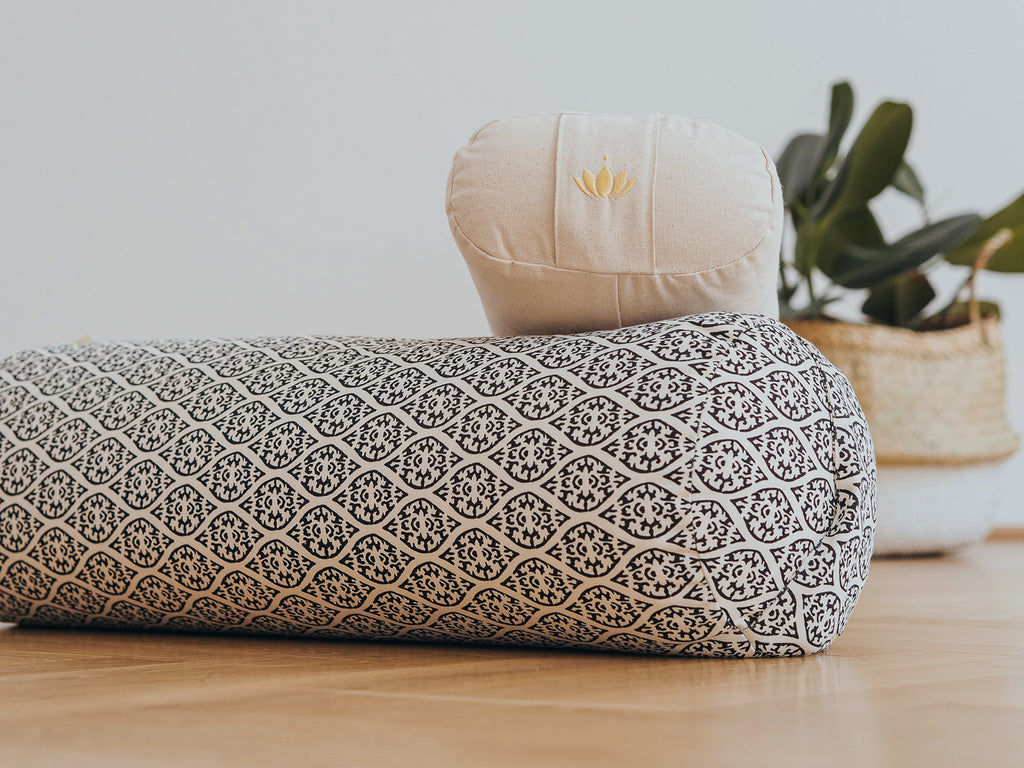
Blankets are also available in every good yoga studio. On the one hand to cover you up in Savasana so that you don't get too cold, but also to use it as support in positions. For example, you can place a blanket under your buttocks in Dandassana to align yourself straight up and relieve your lower back, or under your sensitive knees in Kneeling. Whenever a body part hurts when it hits the floor, you can use a blanket for support.

A meditation cushion helps you to keep your back straight and straighten your spine more in silent meditation and in your pranayama practice . By using a seat pad you protect your knees and pelvis. Instead of a pillow, you can also use a meditation bench , especially for long meditations.
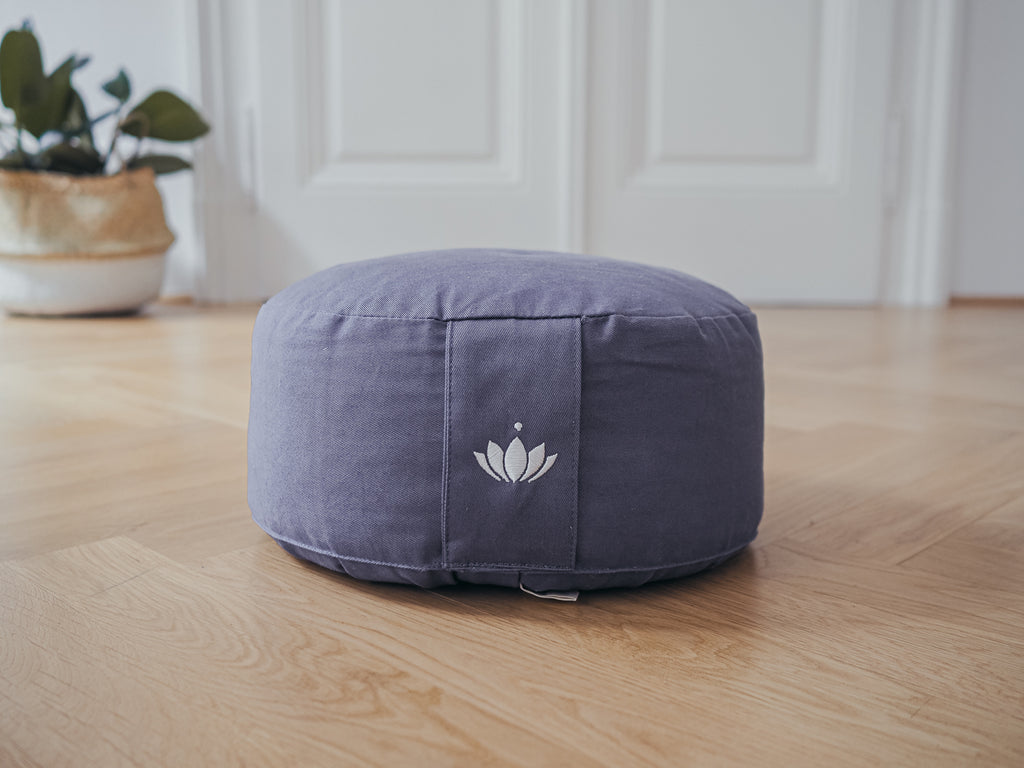
Whenever you go to your yoga mat (which, by the way, can also be counted as an aid), remember to practice mindfully, consciously and, above all, non-violently. Give your body the time it needs to experience opening in the individual positions and make it a little easier with tools. It helps you if you free yourself from any claim to performance and try not to compare yourself to others during your practice. Get a feel for your body and give it the support it needs.
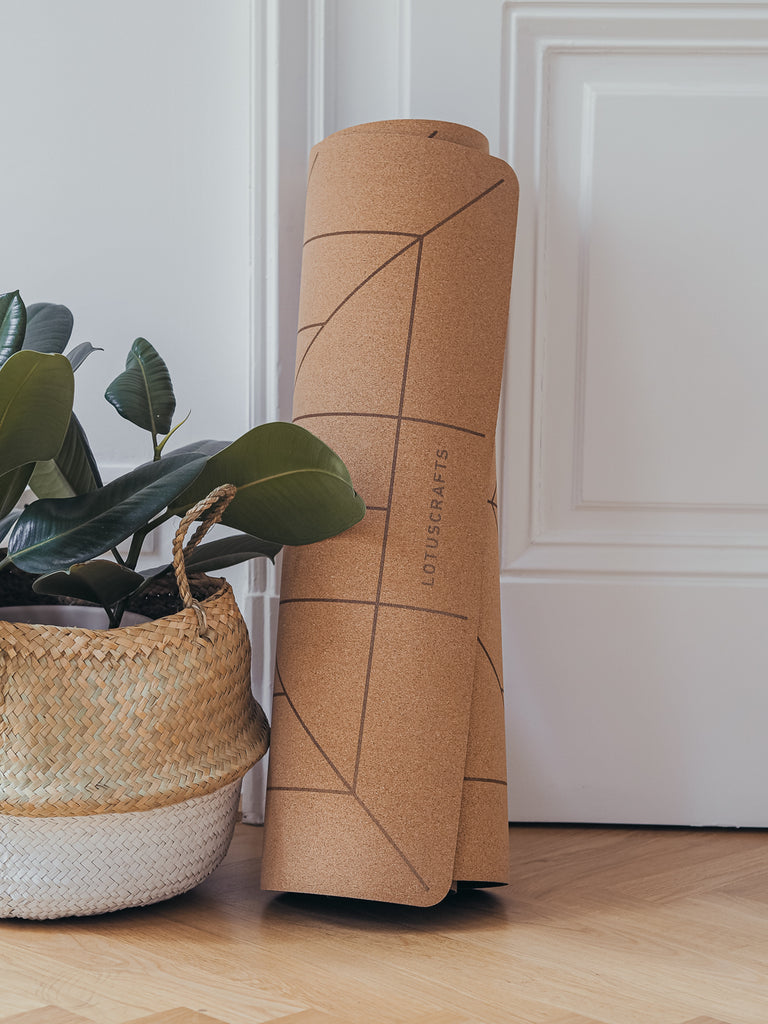
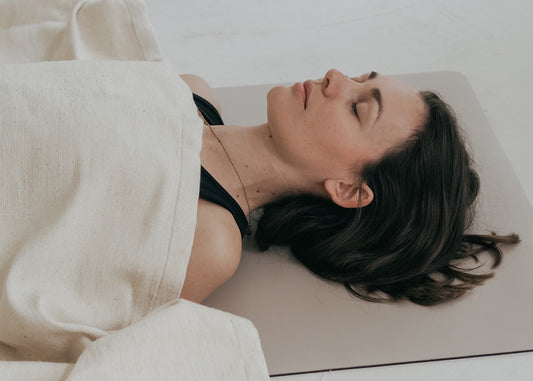
Meditation doesn't always have to be sitting up straight. There are definitely exercises that can be performed in a lying position. And of course ...
Continue reading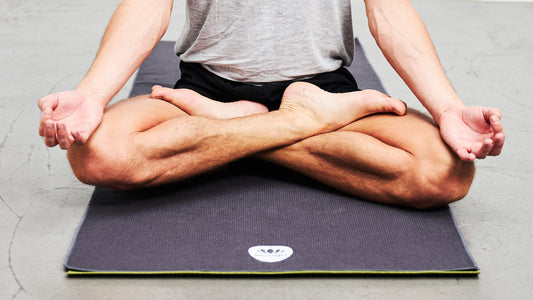
Every beginning is difficult, this also applies to regular meditation practice. It takes some time and patience until we have established a habit ...
Continue reading
There are no comments yet. Be the first to leave a comment!